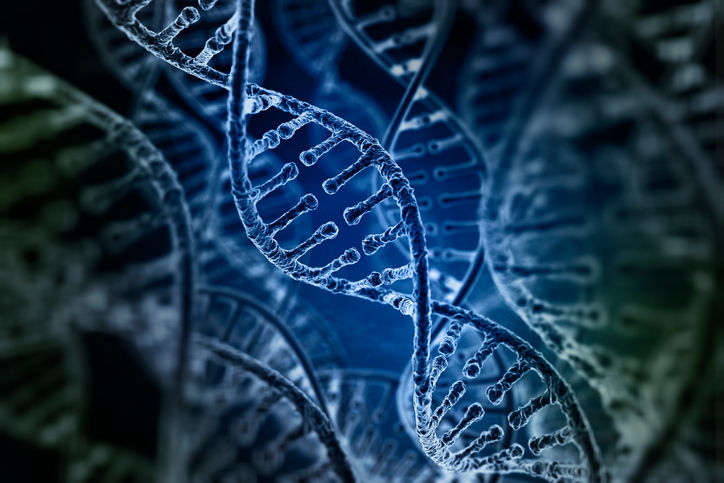Rheumatoid arthritis (RA) symptoms often begin in the small joints of the hands and feet, especially the knuckles, big finger joints, wrists, and the joints that connect the feet to the toes. In the past, a diagnosis of rheumatoid arthritis meant that deformities, especially in these joints, were likely to follow, usually due to long-term uncontrolled disease. Today, they are much less likely, according to Mark Figge, MD, chief emeritus of the Surgical Arthritis Service at the Hospital for Special Surgery in New York City.
“Now, with markedly improved drug therapies, we still see arthritic changes, but they occur later in life and are much less severe. Typically, only one or two joints are affected, as opposed to almost all joints affected. Patients are healthier, with better bone and skin quality as a result of their increased activity and less dependence on [corticosteroids]”he explains.
However, as Dr. Figge points out, arthritic changes can still occur. When they do, they can alter both the appearance and function of the affected joints.
Causes of joint deformities
In RA, certain cells of the immune system (mainly T cells and B cells) migrate to the lining of the joint (the synovial membrane), where they cause inflammation. This can cause the formation of abnormally thick tissue called pannus, which can damage the cartilage and surrounding ligaments and tendons. As a result, the joints lose their shape and alignment.
Types of deformities
In the early stages of RA, the feet may be affected slightly more than the hands, partly because they have the added stress of supporting the weight of the body. Extra pounds can make the problem worse. A small study of 82 people with RA found that ankle pain occurred more frequently with higher body weight, more severe symptoms, and longer duration of illness. Another study involving 230 people with RA found that those with a higher body mass index (BMI) had more foot pain and more limited mobility, but not more deformities.
Common foot deformities
- Bunion (hallux valgus). A bony lump at the base of the big toe joint, this is one of the most common foot problems in the general population, usually due to an injury or an inherited problem with the anatomy of the foot. It is controversial whether tight shoes or high heels cause bunions. Bunions are also common in people with RA, the result of erosion in the joint that causes the toe to shift or dislocate, crowding the other toes and pushing the big toe joint outward. Finding shoes that fit a foot with a bunion can be a challenge, but roomy, wide, and comfortable shoes are the key. Over-the-counter shoe inserts or prescription orthotics that help distribute pressure evenly may also be helpful.
- Flat foot (pes plano). The medial longitudinal arch runs the length of the foot. It is reinforced by thick bands of ligaments and tendons and acts as support for the rest of the body. Normally it is the highest of the three arches of the foot, but in people with flat feet, this arch practically disappears so that the entire sole of the foot touches or almost touches the ground. Estimates vary as to how many healthy people in the US have flat feet, but the number is generally higher in black people and those with RA. Flat feet are usually painless, but because they don’t disperse impact as they should, they can disrupt the mechanics of your knees, hips, and spine. They are also one of the main causes of plantar fasciitis. Arch supports, Achilles tendon stretching, and physical therapy can help prevent these problems.
- hammer toe. This is an unusual curve in the middle joint of one or more toes, usually the second, third or fourth. mallet toeA similar condition affects the joints closest to the toenail. In later stages, the muscles and tendons may become stiffer, making it more difficult to uncurl the toes. As with many foot problems, shoes that have a wide, deep toe box are essential to prevent pressure on the elevated joint. Toe stretching exercises and off-the-shelf or custom-made orthotics that help keep the toes in the correct position may also be helpful. It is possible to straighten hammer and club fingers; It just takes some time and patience.
- Claw finger. This is another condition like hammertoe and hammertoe, except that the middle and top joints of the finger are bent, making them look like a claw. The same tips apply as for hammertoe and mallet toe:
- Choose shoes with an extra deep toe box and good arch support.
- Use pads or inserts to support the toe.
- Stretch and strengthen your toes with specific exercises.
- Use a splint or tape to keep your finger in the correct position.
Common hand deformities
Arthritic fingers can be more disabling and affect your life more than bent toes, although these problems are much rarer today, especially when RA is well controlled. Finger deformities may include:
- Buttonhole deformity. In this condition, the middle joint of the finger does not straighten while the upper joint bends upward. It occurs when RA or an injury damages the tendon at the top of the finger that helps straighten the middle joint. This can be reversed with a splint that keeps the middle joint straight. It should be used continuously for up to eight weeks. Exercises to strengthen the joints, especially the joint at the top of the affected finger, are also important.
- Gooseneck deformity. This condition also affects the middle joint of the finger, which bends backward while the tip bends downward, mimicking the curve of a swan’s neck. It is the mirror image of a boutonniere deformity. In RA, it can occur when inflammation weakens the joint at the tip of the finger and the extensor tendon slips out of place. The most common treatment is to use a ring splint to keep the finger in the correct position, or extension locking splints, which can help correct excessive movement of the middle joint.
- Ulnar deviation (ulnar drift). This occurs when chronic inflammation of the knuckle joints causes the fingers to bend toward the outer side of the forearm. Splints can help realign joints and relieve pain.
Working with an occupational therapist can also be of great help. They can design an exercise program and also splints. They can also teach you how to perform everyday tasks more easily and how to make your environment better suit you and your needs.
Surgery
Surgery is rarely needed for arthritic changes in the hands and is usually a last resort when more conservative methods fail. Although surgical procedures have improved considerably, they are still prone to complications and many people never achieve a fully functional or aligned joint through surgery.



